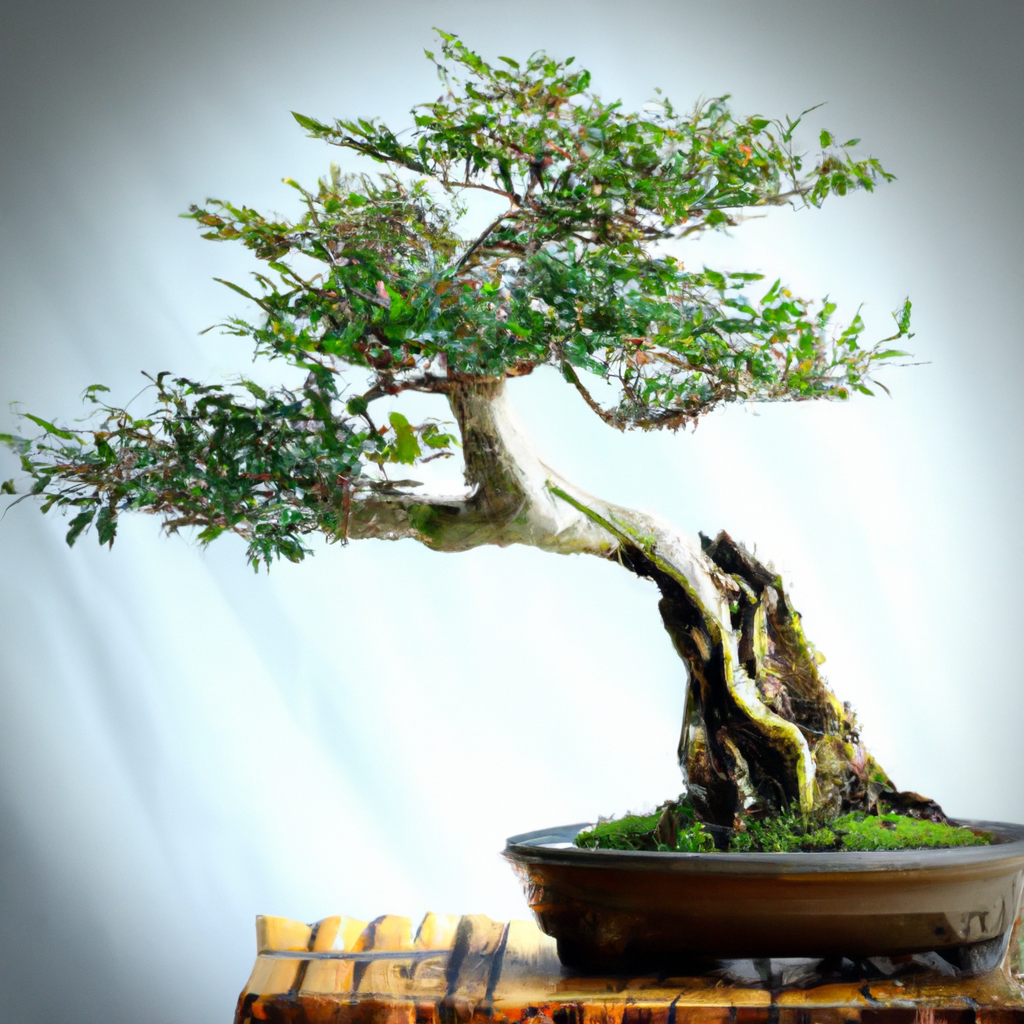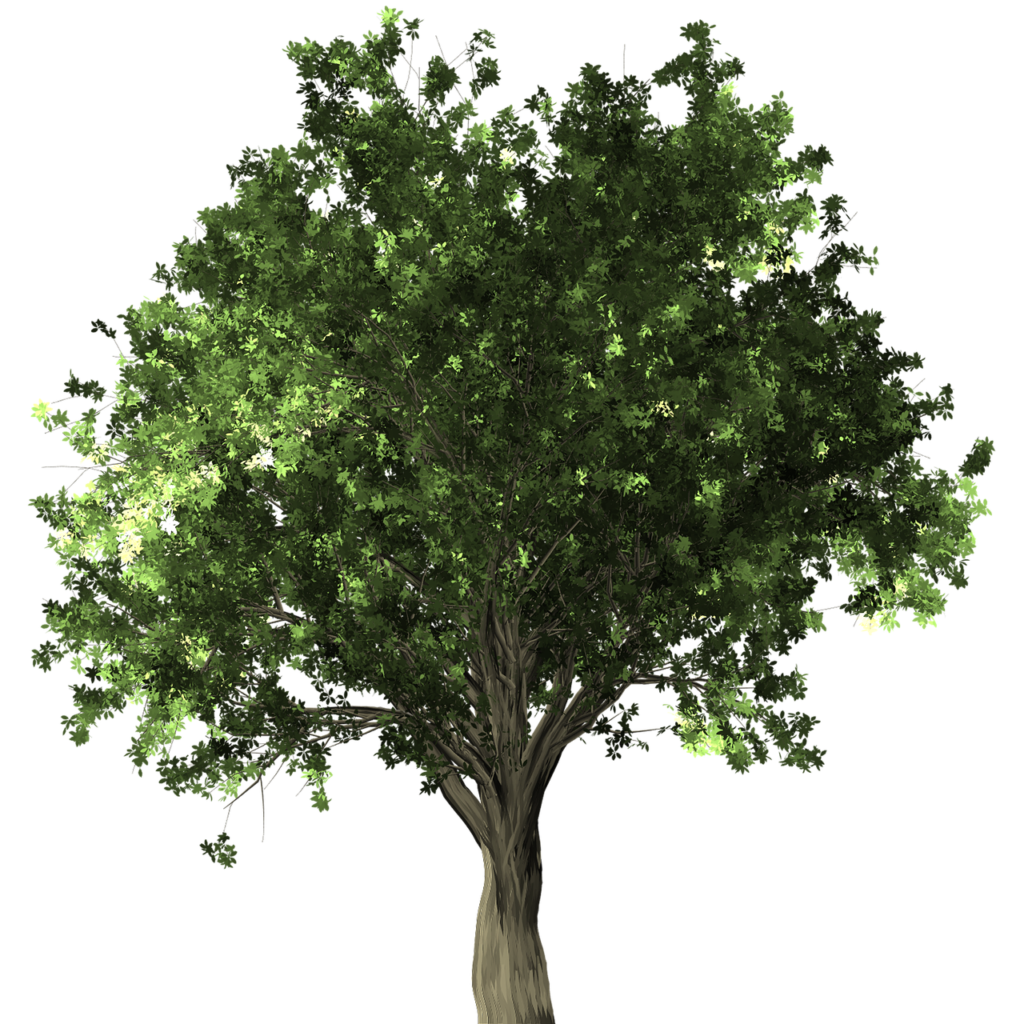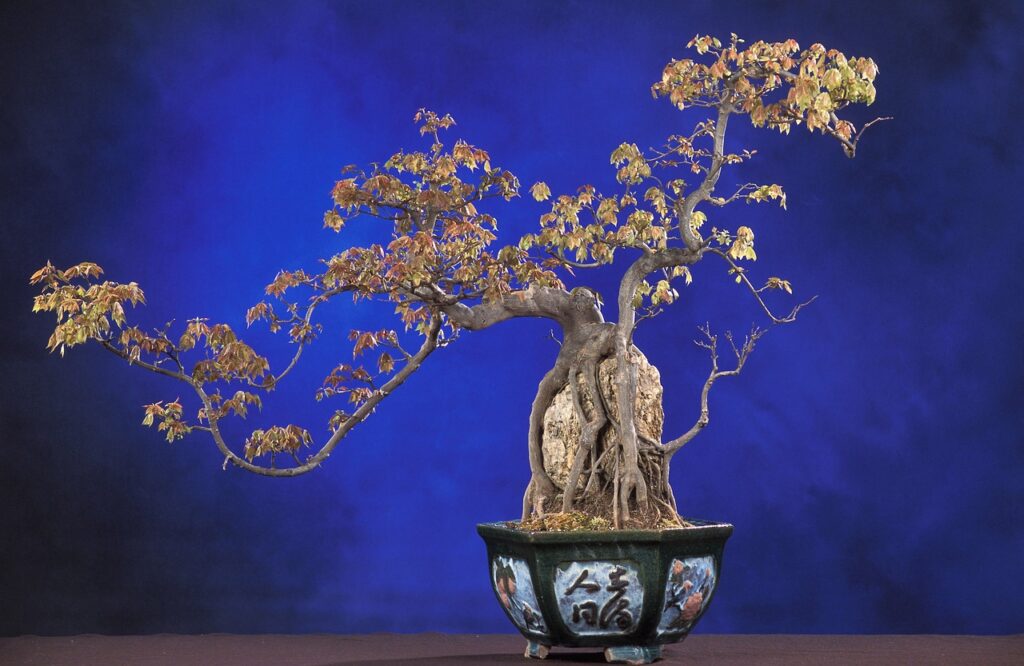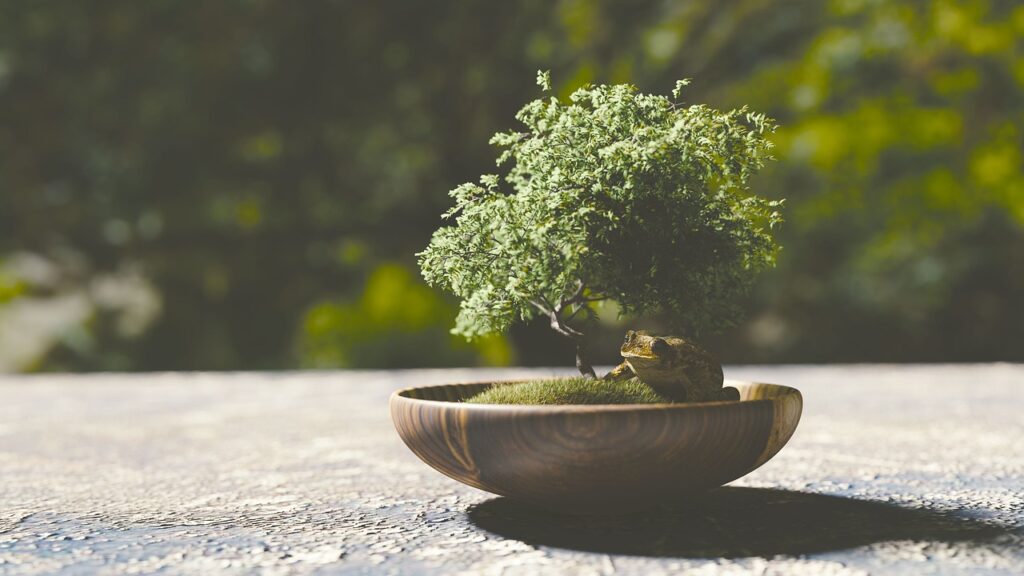
Imagine walking into a serene and tranquil Japanese garden, only to be drawn to a withered and lifeless bonsai tree. Your heart sinks as you question whether it’s possible to revive such a seemingly dead plant. Can you save a dead bonsai tree? Is there hope for rejuvenating its once vibrant foliage and intricate branches? In this article, we will explore the possibility of reviving a bonsai tree that appears beyond redemption, and delve into the fascinating world of nurturing these miniature masterpieces back to life.

Identifying a Dead Bonsai Tree
When it comes to bonsai trees, it’s important to be able to identify whether the tree is still alive or if it has unfortunately died. In order to determine the state of your bonsai tree, there are several physical indicators you can look out for. These indicators include signs of decay or rot, a lack of moisture, and changes in leaf color and texture.
Physical Indicators of a Dead Bonsai Tree
One of the first things you should check for when trying to determine if your bonsai tree is dead is any physical signs of decay or rot. Inspect the trunk, branches, and roots of the tree for any soft spots, discoloration, or foul odors. These can be strong indicators that the tree has succumbed to rot and is beyond saving.
Signs of Decay or Rot
Decay and rot can manifest in various ways on a bonsai tree. Look out for fungal growth or mushrooms around the base of the tree, as this can be a clear sign of rot. Additionally, if the trunk or branches are soft to the touch or appear discolored and pale, it may indicate that the tree has started to decay. Any foul smells emitting from the tree are also a concern and may suggest advanced stages of decay.
Checking for a Lack of Moisture
Another important factor to consider when assessing the health of a bonsai tree is the moisture level of the soil. Gently insert your finger into the soil to determine its moisture content. If the soil feels dry or clumps together, it suggests that the tree has not been receiving adequate moisture. However, don’t jump to conclusions too quickly; sometimes, the lack of moisture can be addressed and the tree may still be salvaged.
Observing Leaf Color and Texture
The color and texture of the leaves on your bonsai tree can provide valuable insight into its overall health. If the leaves have turned completely brown or black, and feel brittle or crispy to the touch, it is likely that the tree has died. Conversely, if the leaves remain green and pliable, it indicates that there is still some life left in the tree. However, keep in mind that even if the leaves appear healthy, other factors may be contributing to the decline of the tree.
Determining the Cause of Death
Once you have confirmed that your bonsai tree has indeed died, it’s important to determine the cause of its demise. Understanding the underlying reasons for a bonsai tree’s death can help prevent similar situations in the future. Some common causes of bonsai tree death include underwatering, overwatering, inadequate lighting, improper pesticide use, and disease or pest infestations.
Underwatering
Underwatering is a common mistake that bonsai enthusiasts make, as it can be easy to forget to regularly water the tree. When a bonsai tree doesn’t receive enough water, it can lead to dehydration and subsequent death. To avoid underwatering, establish a consistent watering routine based on the specific needs of your bonsai tree. The frequency and amount of water required may vary depending on factors such as tree species, pot size, and environmental conditions.
Overwatering
On the other hand, overwatering is equally detrimental to the health of a bonsai tree. Excessive watering can lead to root rot and suffocation, preventing the tree from obtaining essential nutrients. It is crucial to strike a balance between providing enough moisture and avoiding waterlogged soil. To prevent overwatering, ensure that your bonsai tree is in a well-draining pot and water only when the soil is slightly dry.
Inadequate Lighting
Bonsai trees require proper lighting conditions to thrive. Without adequate light, they may struggle to carry out the process of photosynthesis effectively, which can weaken the tree over time and eventually lead to its death. Assess the lighting conditions in the area where your bonsai tree is located. If it is not receiving enough natural light, consider supplementing with artificial lighting, such as grow lights, to provide the necessary brightness and duration.
Improper Pesticide Use
Sometimes, the use of pesticides can inadvertently harm a bonsai tree if not used correctly. It is important to carefully read and follow the instructions on any pesticides or insecticides used to protect your tree from pests and diseases. Incorrect application or using the wrong type of pesticide can cause damage to the tree’s foliage or roots, affecting its overall health and potentially leading to its demise.
Disease or Pest Infestation
Bonsai trees, like any other plant, are susceptible to diseases and pest infestations. Common pests that can cause harm to bonsai trees include aphids, mites, scale insects, and caterpillars. Diseases such as root rot, fungal infections, or viral infections can also significantly impact the health of a bonsai tree. Regularly inspect your tree for any signs of pests or diseases and take appropriate measures to address them promptly.
Reviving a Dead Bonsai Tree
While it can be disheartening to discover that your bonsai tree has died, there is still a chance of reviving it if the conditions are right. Reviving a bonsai tree requires a combination of appropriate techniques and patience. Here are some steps to help you in your revival efforts.
Assessing Potential for Revival
Before attempting to revive a dead bonsai tree, it’s crucial to evaluate its potential for revival. Consider the extent of the damage, the remaining healthy parts of the tree, and your own dedication and resources. If the tree has suffered extensive decay or if its roots are severely damaged, it may be more challenging to revive. However, if there are still healthy branches and roots remaining, there is a greater chance of success.
Rehydrating the Bonsai Tree
If your bonsai tree died due to dehydration or underwatering, the first step in the revival process is to rehydrate it. Place the entire pot into a basin of room temperature water and allow it to soak for 30 minutes to an hour. This will help the soil absorb the moisture it needs, while also allowing the roots to rehydrate. Once the soil is sufficiently moist, remove the pot from the water and allow excess water to drain away.
Trimming and Pruning Dead Branches
After rehydrating the bonsai tree, it’s important to trim and prune any dead branches. Dead, brittle, or blackened branches are unlikely to recover, and their presence can hinder the overall health of the tree. Using clean and sharp bonsai pruning shears, carefully remove these dead branches, making clean cuts just above the branch collar. This will not only improve the appearance of the tree but also enable it to focus its energy on healthier parts.
Repotting and Soil Replacement
Repotting a dead bonsai tree can provide an opportunity to refresh the soil and help revive the tree. Carefully remove the tree from its pot, gently brushing away the old soil from the roots. Inspect the roots for any signs of rot or damage, and trim away any affected areas. Choose a bonsai pot that is slightly larger than the current pot, allowing the roots to have ample space to grow. Fill the pot with fresh bonsai soil and carefully position the tree, ensuring the roots are spread out and covered with soil.
Providing Adequate Light and Temperature
Light and temperature are key factors in reviving a bonsai tree. Place the tree in a location that receives the appropriate amount of light for its specific species. Monitor the temperature and ensure that it remains within the optimal range for the tree. Avoid subjecting the tree to extreme temperature fluctuations and drafts, as these can further stress the already weakened tree.
Applying Appropriate Fertilizer
To help nourish and revive the bonsai tree, it is important to apply appropriate fertilizer. Choose a balanced bonsai fertilizer or one that is suitable for the specific needs of your tree species. Follow the recommended instructions for application, avoiding overfertilization, as it can further stress the already weakened tree. Regularly monitor the tree’s response to the fertilizer and adjust the amount or frequency accordingly.
Addressing Pest or Disease Issues
If your bonsai tree died due to pest or disease issues, it’s crucial to address these problems during the revival process. Identify the specific pests or diseases affecting your tree and research the appropriate treatment methods. This may involve using specific insecticides or fungicides, or even physically removing and destroying affected parts of the tree. Regularly inspect the tree and take prompt action at the first sign of pest or disease activity.
Patience and Time
Reviving a dead bonsai tree is not an overnight process. It requires patience and time for the tree to recover and regain its vitality. Monitor the tree’s progress closely without becoming discouraged if you don’t see immediate results. With consistent care, attention to detail, and a bit of luck, you may witness the remarkable revival of your bonsai tree.
Preventive Measures for Bonsai Tree Health
To maintain the health and longevity of a bonsai tree, it is essential to implement preventive measures. By following these practices, you can help ensure that your bonsai tree stays vibrant and thriving for years to come.
Proper Watering Techniques
One of the most critical aspects of bonsai tree care is proper watering. Take the time to understand the specific watering needs of your tree species. It is generally recommended to water thoroughly when the soil begins to slightly dry out, avoiding both excessive dryness and overwatering. Techniques such as the “chopstick method,” where a wooden chopstick is inserted into the soil to assess moisture levels, can help you determine when to water your bonsai.
Ensuring Adequate Lighting
Bonsai trees require adequate lighting to carry out photosynthesis and maintain their health. Research the lighting requirements of your specific tree species and strive to provide the appropriate light conditions. If natural light is insufficient, consider using grow lights to supplement and provide the necessary spectrum and duration of light. Regularly assess the lighting conditions and make adjustments as needed.
Regular Trimming and Pruning
Regular trimming and pruning are essential for maintaining the shape, size, and overall health of a bonsai tree. By removing excessive growth or unwanted branches, you can promote better airflow and light penetration, reducing the risk of diseases and pests. Make sure to use proper bonsai pruning techniques and tools to achieve clean and precise cuts.
Choosing the Right Soil and Pot
The selection of suitable soil and pot for your bonsai is crucial to its health and development. Bonsai trees require well-draining soil that provides adequate aeration to the roots. Research the specific soil requirements for your tree species and choose a high-quality bonsai soil mix accordingly. Additionally, select an appropriate pot size that allows for proper root growth and development, considering the size and age of your bonsai tree.
Applying Appropriate Fertilizer
Fertilizer plays a vital role in providing essential nutrients to bonsai trees. Choose a balanced bonsai fertilizer or one designed for the specific needs of your tree species. Follow the recommended application rates and schedule, ensuring that you don’t overfertilize, as it can lead to root burn or other negative effects. Regularly monitor the tree’s response to the fertilizer and make adjustments as necessary.
Monitoring for Pests and Diseases
Regular monitoring for pests and diseases is crucial to catch any issues early and prevent them from becoming severe. Regularly inspect your bonsai tree, paying close attention to the foliage, branches, and soil. Look out for any signs of pests, such as unusual discoloration, stippling, or webbing. Additionally, watch for any abnormalities in leaf color, texture, or growth patterns that may indicate the presence of diseases. Promptly address any pest or disease issues using appropriate treatment methods.

Consulting Experts and Specialists
Sometimes, the expertise and guidance of bonsai experts and specialists can greatly benefit both the health of your bonsai tree and your own knowledge as a bonsai enthusiast. There are several avenues you can explore to seek professional advice and connect with the bonsai community.
Seeking Professional Advice
If you are facing challenges or have specific questions regarding your bonsai tree, consider seeking professional advice from bonsai experts. Local horticulturalists, experienced bonsai gardeners, or arborists can provide valuable insights and personalized recommendations based on your unique circumstances. They can assess the health of your tree, diagnose any issues, and guide you in the appropriate care and maintenance.
Joining Bonsai Communities
Connecting with other bonsai enthusiasts through bonsai communities can offer a wealth of knowledge and support. Join local bonsai clubs or organizations to meet fellow bonsai lovers, attend workshops, and participate in bonsai exhibitions. Online forums, social media groups, and websites dedicated to bonsai are also excellent platforms for sharing experiences, seeking advice, and staying updated on the latest trends and techniques.
Attending Workshops or Conferences
Attending bonsai workshops or conferences can provide opportunities to learn from renowned bonsai masters and experts. These events often feature demonstrations, lectures, and hands-on sessions where you can enhance your bonsai knowledge and skills. By immersing yourself in the bonsai community, you can gain valuable insights and build connections with fellow enthusiasts.
Enlisting Assistance from Bonsai Nurseries
Bonsai nurseries are another valuable resource for bonsai enthusiasts. Nurseries specializing in bonsai cultivation can provide expert guidance on a wide range of topics, from selecting the right tree species to troubleshooting specific issues. They can help you choose suitable tools, fertilizers, and other essential supplies, ensuring that you have all the necessary resources to care for your bonsai tree effectively.
Common Mistakes to Avoid
While caring for a bonsai tree can be an enjoyable and rewarding experience, it’s important to avoid common mistakes that can harm or even kill your tree. By being aware of these pitfalls, you can ensure the health and longevity of your bonsai.
Ignoring the Signs of a Dying Bonsai Tree
One of the biggest mistakes bonsai enthusiasts make is ignoring the signs of a dying tree. It can be disheartening to face the reality that your bonsai is in decline, but timely action is crucial. Pay close attention to any changes in leaf color, texture, or overall health, and address any issues promptly. Ignoring these signs can lead to irreversible damage and the eventual death of the tree.
Overwatering or Underwatering
Finding the balance between overwatering and underwatering can be challenging for beginners. Both extremes can have detrimental effects on the health of a bonsai tree. Avoid overwatering by ensuring proper drainage in the pot and monitoring the soil moisture levels. Conversely, underwatering can lead to dehydration and stress. Develop a watering routine specific to your tree’s needs and adjust as necessary.
Using Incorrect Soil Composition
The choice of soil composition is crucial for the well-being of a bonsai tree. Using incorrect soil can impede drainage, lead to root rot, or hinder root development. Avoid using garden soil or other heavy soils, as they tend to retain excessive moisture. Instead, opt for a well-draining bonsai soil mix that provides adequate aeration to the roots. Research the specific soil requirements for your tree species and choose accordingly.
Inadequate Lighting Conditions
Another common mistake is providing inadequate lighting conditions for bonsai trees. Insufficient light can weaken the tree and make it more susceptible to diseases and pests. Research the lighting requirements of your specific tree species and ensure that it receives the appropriate amount of light. If natural light is limited, consider using artificial lighting to supplement.
Neglecting Regular Pruning and Trimming
Regular pruning and trimming are essential for maintaining the shape, health, and aesthetics of a bonsai tree. Neglecting this aspect can lead to uncontrolled growth, reduced airflow, and weakened branches. Dedicate time to regularly assess and prune your tree, removing excess growth, dead branches, and unwanted foliage. By staying consistent with these practices, you can help your bonsai tree thrive.

Conclusion
While it can be disheartening to discover that your bonsai tree has died, it’s important to remember that there are steps you can take to revive and prevent such situations in the future. By carefully identifying the physical indicators of a dead bonsai tree and determining the cause of death, you can assess the potential for revival. Reviving a dead bonsai tree requires rehydration, trimming and pruning, repotting, providing adequate light and temperature, applying appropriate fertilizer, addressing pest or disease issues, and most importantly, patience and time.
To prevent bonsai tree health issues, implement preventive measures such as proper watering techniques, ensuring adequate lighting, regular trimming and pruning, selecting the right soil and pot, applying appropriate fertilizer, and monitoring for pests and diseases. Seeking advice and guidance from experts, joining bonsai communities, attending workshops, and enlisting assistance from bonsai nurseries can also greatly benefit your bonsai tree’s health and your own knowledge as a bonsai enthusiast.
Avoid common mistakes such as ignoring signs of a dying tree, overwatering or underwatering, using incorrect soil composition, inadequate lighting conditions, and neglecting regular pruning and trimming. By being attentive and proactive in caring for your bonsai tree, you can enjoy a thriving and beautiful bonsai for years to come.